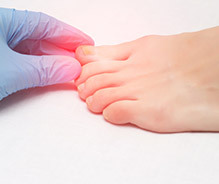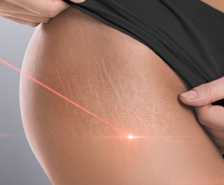When the dermis is damaged, the body attempts to repair the damage, often leaving a scar behind. Any kind of injury that causes the dermis to be damaged can potentially leave a scar behind:
• Surgery
• Acne
• Accident
• Disease
Once the damage has occurred, the body’s response is to produce collagen fibres to ‘plug’ the gap. Scar tissue is built differently to normal skin tissue, and thus has a different texture and quality. Most scar tissue looks pale and tends to be level with the healthy skin, although it looks and feels different.
The body can produce various types of scar, however:
• Hypertrophic, or keloid, scars occur when the body produces too much collagen in response to the injury. They are raised in appearance and can grow beyond the original site of injury.
• Pitted scars occur when some of the underlying structure of the skin has been lost. If fat or muscle is destroyed by the injury, the resulting scar will often have this sunken appearance. Acne is a common cause of this type of scar.
• Some scars are caused by the skin being stretched beyond its elastic capacities. In this case, the scarring itself looks like stretched skin.
































 020 8012 8582
020 8012 8582